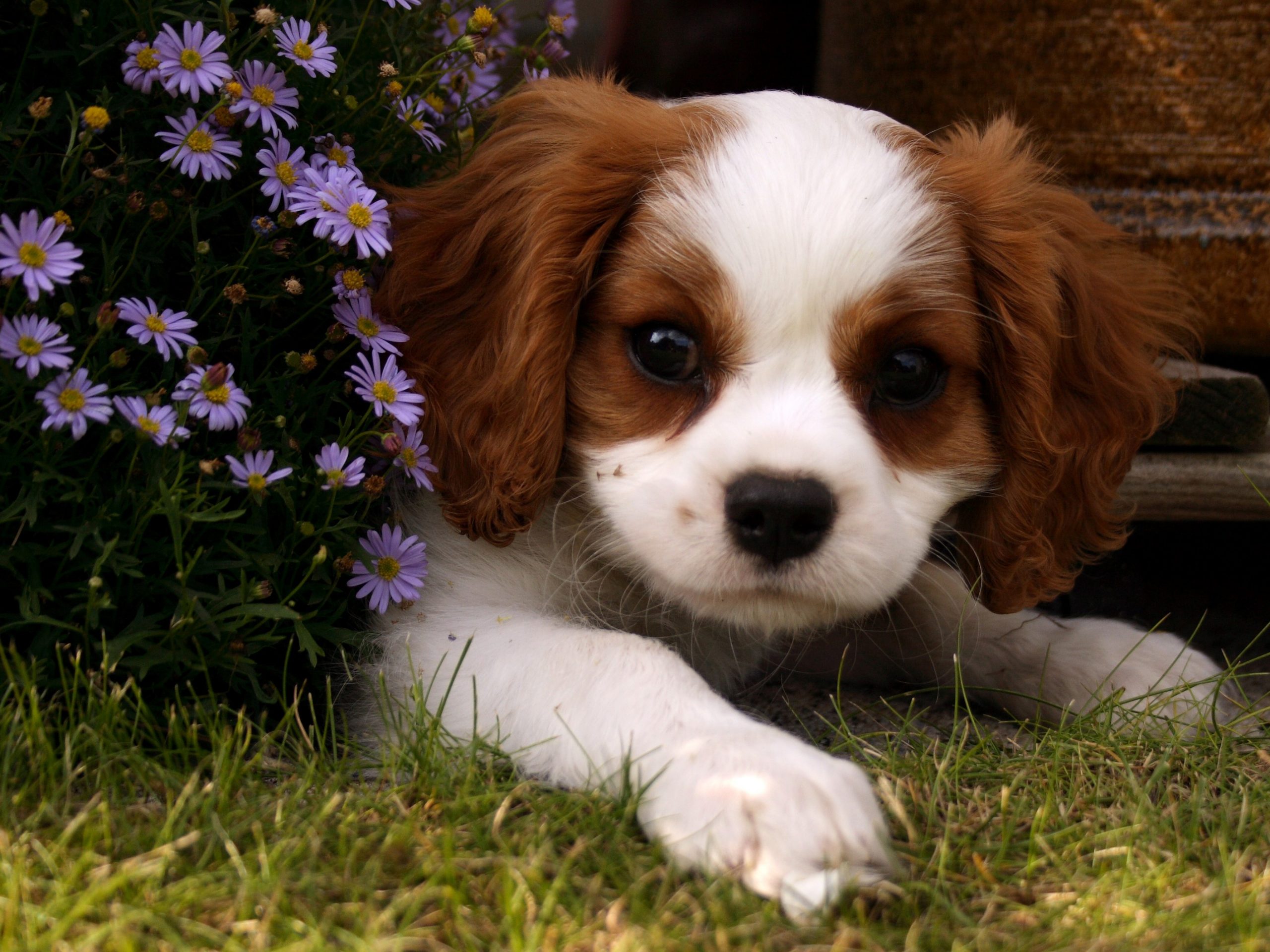
[vc_row][vc_column][vc_column_text]Hi Patapsco Pups and owners! PHG is conducting a campaign in Elkridge to help reduce the amount of petwaste that reaches our waterways. As a part of this program we will be blogging about some common misconceptions and myths surrounding petwaste and how to take care of it. To start us off, we will shed some light on what to do with your dog’s poop.
[/vc_column_text][vc_single_image image=”11184″ img_size=”large”][/vc_column][/vc_row][vc_row][vc_column][vc_column_text]Most people have a method for dealing with their dog’s poop, but we found many had different approaches for doing so. Some people pile it in their yard or with their compost, some bag it and throw it away, while others even flush it! PHG talked to Jeffery Dannis of the Howard County Bureau of Environmental Services so that we could set the record straight and give you the answer on how to best take care of your petwaste.[/vc_column_text][vc_row_inner][vc_column_inner width=”2/3″][vc_column_text]
Compost/Yard
An answer we frequently heard from dog owners is that they leave their dog’s poop in their yard, either piled in one spot, or with other materials intended for composting. This may seem like an easy and environmentally friendly answer, but there are some key differences from other compostable materials.
When left outside exposed to the elements, petwaste will eventually erode during rainfalls and be carried into our waterways. This contaminates our water with high levels of pathogens and nutrients that impact our local ecosystem. There is enough information on these effects for another post, but for now let’s just say this is the last outcome we want to see.
The problem with composting is that private compost systems are not built to reach temperatures required to effectively compost petwaste. While it may appear to break down over time, the waste will not reach temperatures required to kill off the pathogens we are trying to contain, allowing them to contaminate the compost and eventually the waterways. This also applies to compost materials collected by the county, as Dannis specified: “the County’s composting facility is not permitted to accept feces or biosolids. While we do accept horse manure at our facility, pet waste and other carnivore waste are not accepted.”[/vc_column_text][/vc_column_inner][vc_column_inner width=”1/3″][vc_single_image image=”11185″ img_size=”large” css=”.vc_custom_1573676828329{padding-top: 200px !important;}”][/vc_column_inner][/vc_row_inner][vc_row_inner][vc_column_inner width=”1/4″][vc_single_image image=”11186″ img_size=”full”][/vc_column_inner][vc_column_inner width=”3/4″][vc_column_text]
Flushing
Another answer we have come across with dog owners is flushing their dog’s waste down the toilet. This can be done by bagging it and then dumping it in the toilet, or utilizing “flushable” bags. Flushing petwaste can be a viable method for managing the contaminates, but it is important to keep in mind that many products labeled as “flushable” often fail to break down in sewer/septic systems. They can accumulate and cause blockages and backups which can be very problematic. These bags can also post a problem for septic tanks, where clogs and overfilling are always a concern.
Flushing is sustainable if you use the right process, however. By bagging the poop, then dumping it out into the toilet you avoid the trouble of the bag failing to break apart in the plumbing. The key is to then reseal the empty bag and dispose of it in the trash so that it ends up at the landfill. If you are willing to take the extra steps to flush your pup’s poop, it is a viable option for eliminating their waste.[/vc_column_text][/vc_column_inner][/vc_row_inner][vc_row_inner][vc_column_inner width=”2/3″][vc_column_text]
Landfill/Trash
One of the simplest ways of dealing with your petwaste turns out to also be the most sustainable! Simply bagging your dog’s poop and tossing it in the trash can is all you need to do to help keep pathogens and contaminates out of our waters. This may seem counterintuitive to some, but our county landfills are equipped to handle the petwaste and prevent it from reaching our local environment. From Dannis: “All landfills that have accepted waste after October 9, 1993 are required to have a bottom HDPE liner and a leachate collection system. These liners must be monitored for leakage and that information reported to the State on a semi-annual basis.”
These protections and liners prevent the waste from breaking down and entering the waterways, providing a safe disposal option for all dog owners that is accessible through standard trash collection.[/vc_column_text][/vc_column_inner][vc_column_inner width=”1/3″][vc_single_image image=”11187″ img_size=”full” css=”.vc_custom_1573676853705{padding-top: 100px !important;}”][/vc_column_inner][/vc_row_inner][/vc_column][/vc_row][vc_row][vc_column][vc_column_text]For additional information or questions about petwaste in our landfills, please direct them to the Howard County Bureau of Environmental Services 410-313-6444.[/vc_column_text][/vc_column][/vc_row]
